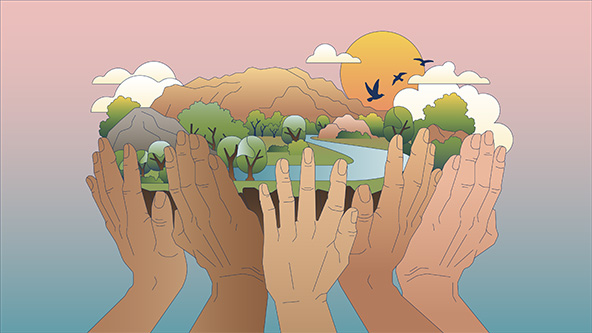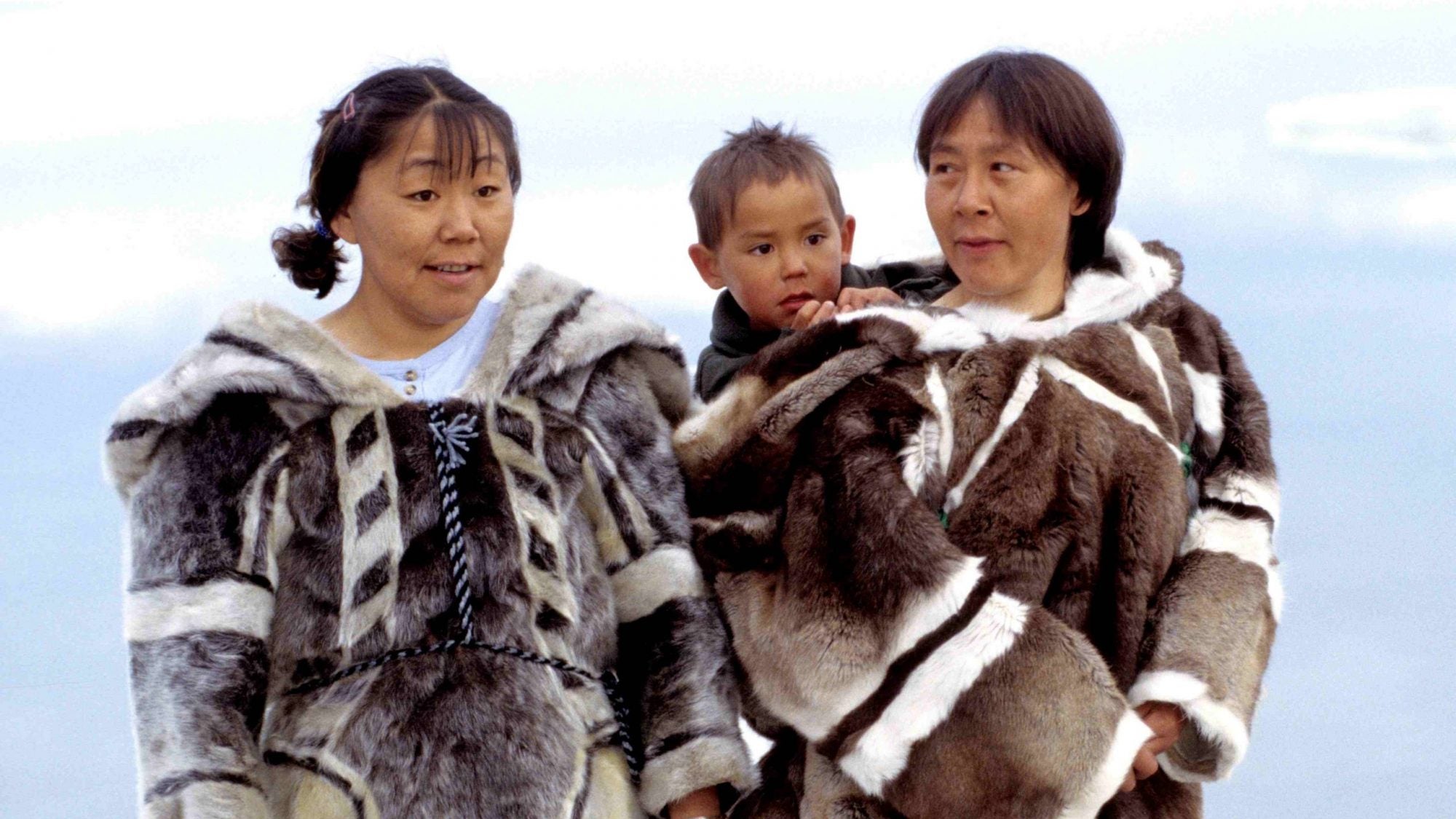Venturing into the dynamic landscape of online gaming, one term often emerges shimmering with intrigue: 카지노총판. This Korean phrase, which translates to ‘casino distributor’, is a pivotal component in the web of gaming operations. Picture this: a realm where the thrill of chance coalesces with the strategic dance of business partnerships – that’s the world of a casino distributor.
Imagine strolling through the digital alleys of gaming platforms, the glowing screens a gateway to a universe brimming with opportunities. At the heart lies the strategic alliance between casinos and their distributors. A 카지노총판 doesn’t just blindly distribute; they are maestros of networking, experts in marketing, and pillars supporting the vast edifice of the gaming industry. Their role? To weave together players and platforms in a tapestry of exhilarating gameplay and mutual benefit.
When we delve into the mechanics of their operations, we discover a rich tapestry of responsibilities. They negotiate deals, carve out market territories, and provide the vital links in the user acquisition chain. These distributors harness the power of relationships, ensuring that each spin of the roulette wheel and shuffle of the deck reaches a wider audience, cultivating a thriving community of players.
Delving deeper into this narrative, let’s consider the essence of human engagement in online gaming. A 카지노총판 masters the art of creating an environment where players don’t just come to play; they come to experience a story, a journey filled with wins, losses, and the sweet taste of the thrill. Each game becomes more than just a game—it’s a narrative that the player shapes with every decision and chance encounter.
A casino distributor, like any good craftsman, tailors their strategies to the ever-evolving desires of the market. Just like the shifting sands of fortune in a game of blackjack, they adapt, ensuring that their services stay relevant, engaging, and ahead of the curve. Player satisfaction isn’t just a goal; it’s the currency that fuels the ecosystem of online gaming.
As we glide towards our conclusion, consider the harmony within the chaos, the meticulous design in the randomness, and the order in the disarray of online gaming. 카지노총판 stands as a symbol of this contradiction, a beacon guiding the industry through the labyrinth of competition and technology.
So, when you next place your bets or spin the slot reels, take a moment to acknowledge the invisible network, the artful choreography of the casino distributor. They are the unsung heroes whose efforts elevate the experience from a mere click to an odyssey.
FAQs:
1. What is a 카지노총판?
A casino distributor, referred to as 카지노총판 in Korean, is an entity responsible for distributing online casino services to various regions and managing partnerships between casinos and their client bases.
2. What are the main responsibilities of a 카지노총판?
Their responsibilities include negotiating deals, determining market territories, fostering user acquisition, and positioning the casino’s offerings to appeal to players.
3. How does a 카지노총판 impact the player experience?
They ensure a broad, engaging gaming environment, creating a platform where players can enjoy an immersive narrative through the games they play.
4. Can 카지노총판 adapt to changing market demands?
Yes, they analyze market trends and player preferences to adapt their strategies, ensuring the services they provide remain relevant and competitive.
5. Why are 카지노총판 important to the online gaming industry?
They are critical in connecting casinos with their audiences, driving player acquisition, and supporting the industry’s growth through dynamic marketing and distribution strategies.

